Saudi Arabia has never been one to embrace uprisings or revolutions – it prefers order, predictability, and a conservative political approach. But the mess in Syria has turned into a geopolitical puzzle that Riyadh can’t afford to ignore. And when it comes to the Syrian Kurds, the kingdom finds itself treading a fine line between seizing an opportunity and steering clear of potential chaos.
Backing Kurdish autonomy might give Saudi Arabia a useful card to play against Iran, whose influence in Syria remains strong. But there’s a catch, such support could fracture Syria further. If the Kurds push for federalism, it could weaken Syria’s Arab identity and open the door to broader regional instability. In short, what looks like a smart move on the chessboard could quickly spiral into a diplomatic headache.
As of early 2025, things in Syria are still far from calm. Hayat Tahrir al-Sham (HTS) has taken control of Damascus and about a third of the country. Saudi Arabia is now dealing with an interim Syrian government led by Ahmed Al Shara – an administration that’s under sanctions from the EU, U.S., and UN, and one that hasn’t exactly united the opposition forces under one flag.
To make matters worse, the temporary constitution, which puts Islamic law at the heart of legislation, has stirred unrest among minorities. HTS’s violent crackdown on Alawites and Druze, leaving hundreds dead, has only deepened the divides. Syria, already devastated by over a decade of conflict, is now also battling extreme poverty. Around 16.5 million Syrians are dependent on humanitarian aid this year.
Meanwhile, Kurdish and Druze groups have been protesting the interim government’s failure to address minority rights. Turkish military operations and strikes from the Turkish-backed Syrian National Army have also targeted Kurdish areas, displacing over a million people and causing significant casualties among civilians and fighters alike.

This all paints a grim picture for Syria’s future – and complicates things for Saudi Arabia. With clashes erupting between the interim government, the Kurds, opposition factions, Alawites, and even the occasional Israeli strike in the south, Riyadh is approaching the situation with measured caution.
Rather than rushing into alliances or bold political statements, Saudi Arabia is keeping a close eye on how things unfold, especially regarding the Kurds. It’s a watch-and-wait strategy, one that seeks to maintain regional balance without getting dragged into Syria’s internal storm.
Saudi Arabia’s Policy Towards Syria, Stability First, Politics Later
When it comes to the new Syria, Saudi Arabia is playing it safe and smart. Its approach is all about promoting stability, ensuring security, and keeping Islamist groups at bay. Riyadh isn’t interested in ideological experiments or revolutions, it wants a Syria that’s functional, Arab, and no longer a launchpad for anti-Israel rhetoric.
Riyadh is also keeping a close eye on Türkiye and Qatar – two regional players with deep stakes in Syria’s future. For Saudi Arabia, bringing Syria back into the Arab fold is a top priority. This includes nudging Damascus away from its past nationalist, anti-Israel stance and toward a more pragmatic, Arab-centered identity.
One thing Saudi Arabia is definitely happy about?
Iran losing its grip on Syrian politics. The idea of a Syria without Iranian boots on the ground is music to Riyadh’s ears. Going forward, Saudi policy will likely focus on three main pillars: ensuring Syria stays Arab, promoting an inclusive government (with space for Kurds and other minorities), and solving the thorny issue of Captagon smuggling, which has become a serious concern for Saudi society and national security.
Cautious Engagement with the Kurds
On the Kurdish question, Saudi Arabia is cautiously watching from the sidelines. It hasn’t taken a firm position yet, and for good reason.
Three big concerns are driving this wait-and-see approach –
Political Islam: Saudi Arabia is strongly opposed to political Islam, and groups like Hayat Tahrir al-Sham (HTS)—now controlling a third of Syria—are seen as potential destabilizers.
Rivalries with Türkiye: Türkiye’s growing influence in Syria directly threatens Saudi Arabia’s interests in the region. Ankara’s hostility toward the Kurds complicates things even further.
Fragmentation Fears: With so many players involved and so much ground already fractured, Saudi Arabia worries that Kurdish autonomy could deepen the divide and make a united Syria a pipe dream.
Interestingly, Saudi Arabia doesn’t have a Kurdish minority of its own, so it doesn’t carry any internal baggage around Kurdish rights. Its overall stance is to respect minority rights but keep national unity intact. When clashes arise between regional powers and the Kurds, Saudi Arabia usually opts for quiet diplomacy rather than dramatic interventions.
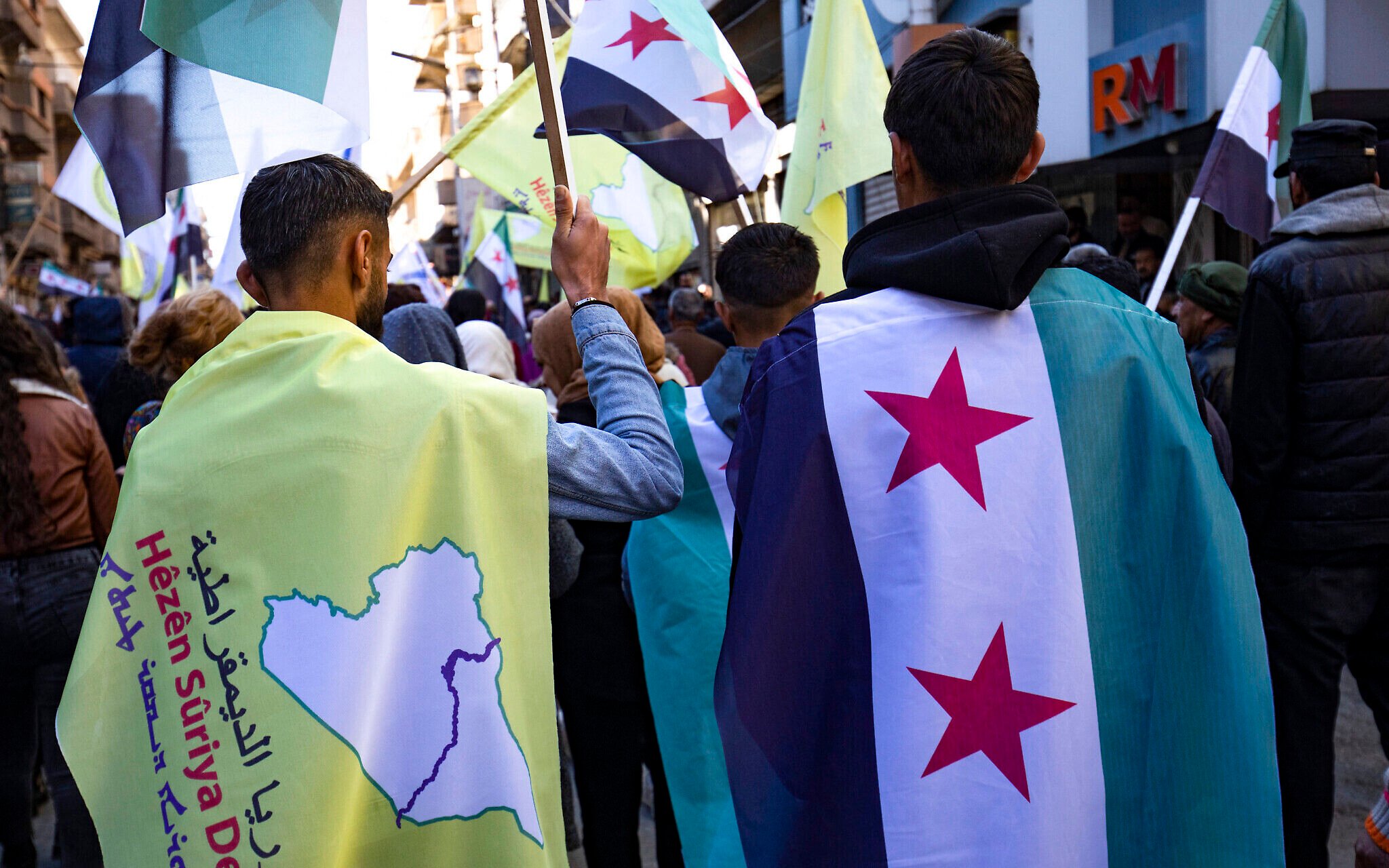
The Israel Factor- Complicating the Kurdish Equation
Then there’s Israel – a wildcard in the Syrian drama. After Assad’s fall, Israel wasted no time ramping up its activities in Syria. Tel Aviv occupied buffer zones in the Golan Heights and launched hundreds of airstrikes, crippling 70–80% of Syria’s strategic military assets. On top of that, Netanyahu pledged to double the Israeli population in the Golan Heights – a move that sent a clear signal about Israel’s long-term plans.
Israel has also shown consistent support for Kurdish autonomy, having backed the 2017 Kurdish independence referendum. It sees the Kurds and other minorities like the Druze as potential partners in keeping Syria weak, fragmented, and non-threatening to Israeli interests. This strategy echoes Israel’s old “Alliance of the Periphery” doctrine from the 1950s, building relationships with non-Arab or minority groups to counterbalance surrounding Arab nations.
Saudi Arabia isn’t thrilled about this. Israeli support for Kurdish autonomy could encourage more fragmentation in Syria, making it harder for Riyadh to push its vision of an Arab, stable, and united Syrian state. The Kingdom fears that Israel’s influence – especially its recent moves to defend Druze communities like in the Jaramana incident – could disrupt the regional balance and indirectly empower minority-led separatism.
A month before Assad’s fall, Israeli Minister Gideon Sa’ar openly said that Israel should build ties with the Kurds and Druze, calling them “natural allies.” For Riyadh, this kind of rhetoric is a red flag. It complicates Saudi goals in Syria and adds yet another layer to the already tangled web of alliances and rivalries in the region.
Saudi Arabia, Syria, and the Kurdish-Israeli Equation, A Delicate Balance of Power
While Israel promotes the idea of a demilitarized buffer zone in southern Syria, there are whispers in regional policy circles about a more ambitious plan – what some call a potential “David’s Corridor.” This hypothetical corridor would link the Druze communities in southern Syria with the Kurdish forces in the northeast, creating a chain of minority alliances under quiet Israeli patronage. But geopolitical reality is rarely that neat.
A recent peace agreement between Syrian Democratic Forces (SDF) commander Mazloum Abdi and Ahmed al-Shara, leader of the Hay’at Tahrir al-Sham (HTS), has effectively derailed any plans for such a corridor, at least for now. Even so, Kurdish opposition to the temporary Syrian constitution, which significantly limits their hopes for autonomy or independence, means that cooperation with Israel, or other external actors, remains very much on the table in the future.
Israeli Minister of Diaspora Affairs and Combating Antisemitism, Amichai Chikli, made Tel Aviv’s intentions clear when he posted on X:
“Israel will act to protect the Druze minority in areas near its border, and efforts must be made to defend all minority populations in Syria, with an emphasis on the Kurds, from the jihadist genocide of Hay’at Tahrir al-Sham.”
This statement illustrates Israel’s evolving strategy – build influence by projecting itself as a protector of vulnerable minorities within Syria’s fractured society.
Riyadh’s Calculated Watch on Kurdish-Israeli Relations
For Saudi Arabia, this emerging triangle between Israel, the Kurds, and the Druze is a strategic puzzle. While Riyadh wants stability in Syria, it remains deeply wary of the Kurds’ historical affinity with Israel, an alliance that has earned the Kurds the reputation of being a “second Israel” in the region.
Saudi Arabia will be watching closely how the Kurds engage with foreign powers, particularly Israel. The fear isn’t just about Kurdish aspirations; it’s about the potential of a precedent, a model of minority-led governance backed by Western powers that could inspire other fragmentation in Arab nations. Riyadh’s skepticism stems from a deep concern: that Kurdish-Israeli cooperation could give rise to a more permanent political and military alignment, one which Saudi Arabia does not control and that might challenge its influence in the Levant.
Israel, meanwhile, is already extending support to the Druze in southern Syria, through publicized aid programs for the 50,000 Druze near the Israeli border and the half-million residents in the Jabal al-Druze region in As-Suwayda. Reports suggest that Druze are being allowed to work in Israel, a move with significant long-term implications. Such initiatives not only strengthen Israel’s soft power but could be replicated with the Kurds, laying the groundwork for deeper strategic ties.
The concern in Riyadh is that these social and economic overtures could eventually translate into a formalized political relationship between Israel and the Syrian Kurds – complete with intelligence sharing, military training, and even advanced technology transfers, either directly or through Western intermediaries. Saudi Arabia is under no illusion about Israel’s ability to quietly shape regional dynamics and Tel Aviv’s growing comfort with backchannel diplomacy makes this prospect all the more plausible.
The United States
The American military footprint in Syria, especially its roughly 2,000 troops based in Al-Tanf and other eastern strongholds, remains a cornerstone of the anti-ISIS strategy. U.S. forces continue to work closely with Kurdish militias like the SDF and AANES, providing them not only military hardware and training but also international legitimacy.
For Saudi Arabia, this presence is both a blessing and a curse.
On the one hand, the U.S. acts as a powerful counterweight to Iran’s so-called Axis of Resistance, a web of proxies stretching from Tehran to the Mediterranean. The American presence helps disrupt the infamous “Shiite Crescent” and prevents Iran from consolidating control over Syria’s strategic infrastructure.
But on the other hand, this alignment complicates Riyadh’s long-term interests. The Saudi objective is to maintain Syria’s Arab identity and territorial unity. Yet the U.S. backing of Kurdish semi-autonomy, however informal, risks institutionalizing Syria’s fragmentation. That’s a dangerous precedent, not just for Syria, but for the broader Arab world.

Türkiye, The Spoiler in the Room
More complexity comes from Türkiye. Ankara views the SDF and YPG as affiliates of the PKK, a designated terrorist organization in Türkiye and the U.S. Despite that designation, the U.S. continues to support these groups due to their effectiveness in fighting ISIS.
This puts Washington in an awkward position – caught between its NATO ally Türkiye and its local Kurdish partners. For Saudi Arabia, this U.S.-Türkiye tension is a double-edged sword. While it curbs Ankara’s ambition to dominate northern Syria, it also injects more uncertainty into an already volatile region.
Türkiye’s aggression toward Kurdish groups means that Riyadh must tread carefully. While the Kingdom doesn’t oppose Kurdish rights, it strongly opposes a scenario where Kurdish empowerment leads to the Balkanization of Syria – a scenario that could embolden other minority-led secessionist movements across the region.
Oil, Gas, and the Real Stakes
Much of this geopolitical tug-of-war comes down to resources. About 70% of Syria’s oil and gas fields lie in Kurdish-controlled areas. Former President Donald Trump was unusually blunt when he declared that the U.S. was staying in Syria “for the oil.” This open admission raised eyebrows in Riyadh, where energy geopolitics are always high on the agenda.
Saudi Arabia’s interest isn’t to control Syrian oil, but to ensure that it benefits a unified Syrian state, not splinter factions or separatist governments. A U.S. policy that prioritizes Kurdish autonomy, especially if backed by Israel, could push Saudi Arabia to reassess its alignment, perhaps even tolerating Türkiye’s growing influence as the lesser evil.
In fact, Trump’s rhetoric suggested a certain sympathy for Ankara’s moves in Syria, even when they came at the Kurds’ expense. Should the U.S. scale back its engagement under an “America First” doctrine, Türkiye may step in to fill the vacuum. For Riyadh, the choice may come down to accepting Turkish dominance over the Kurdish northeast or watching Syria slide into further division.
The Kurds as a Tool to Pressure Rivals
The Kurds have pursued an active and inclusive foreign policy, engaging with a broad range of actors, including Israel. This strategic openness has increasingly made Kurdish groups a useful geopolitical lever for regional powers. Among those, Saudi Arabia has sought to capitalize on Kurdish influence to pressure its primary rivals, particularly Iran and Türkiye.
Following setbacks in Syria, Gaza, and Lebanon on October 7, Iran has been attempting to regain its foothold in Syria. Turkish media has claimed that Tehran made a failed attempt to supply drones to Syrian Kurds — a move that was criticized by Turkish Foreign Minister Hakan Fidan during a February 26 interview.
Interestingly, the very tools Iran uses to gain influence in Syria can also be employed against it. Saudi Arabia has increasingly used soft power, financial aid, and investment to build leverage in Kurdish regions. Its involvement in the Kurdistan Region of Iraq’s (KRI) 2017 independence referendum raised eyebrows, suggesting Riyadh was maneuvering to counter both Iranian and Turkish ambitions.
Retired Saudi General Anwar Eshki once advocated for the creation of a “Greater Kurdistan” through peaceful means, arguing that such a development would curtail the expansionist aspirations of Türkiye, Iran, and Iraq. This drew sharp reactions from Tehran. In November 2016, General Rahim Safavi, former commander of the Islamic Revolutionary Guard Corps (IRGC) and advisor to Supreme Leader Ayatollah Ali Khamenei, accused the Saudi consulate in the KRI of providing arms to “counter-revolutionary groups.”
Such actions reflect Riyadh’s calculated approach: if Iran expands its influence among Syrian Kurds, Saudi Arabia is ready to clip its wings through diplomatic and financial channels.
This same strategic lens also applies to Türkiye. During Türkiye’s third military operation in northern Syria – “Operation Peace Spring” launched on October 9, 2019 – Saudi Arabia and the Arab League condemned Ankara’s actions and reiterated support for Syria’s sovereignty and territorial integrity. President Erdogan sharply responded, stating, “Saudi Arabia should look in the mirror,” alluding to its intervention in Yemen.
Throughout Türkiye’s military campaigns in northern Syria, Saudi Arabia has been quietly supporting the Syrian Democratic Forces (SDF), composed largely of Kurdish fighters, and building ties with Arab tribes in the region. In 2019, Riyadh reportedly provided $100 million to the SDF and affiliated Arab groups to maintain cohesion and resist Turkish advances. Saudi Minister of State Thamer Al-Sabhan visited SDF-controlled areas in Deir ez-Zor and Raqqa in June 2019, followed by an SDF delegation’s trip to Saudi Arabia later that November.
Through this outreach, Riyadh sought to entrench itself as a stakeholder in northern Syria, bolster local resistance against Turkish incursions, and assert influence over the future of Syrian Kurdish autonomy.
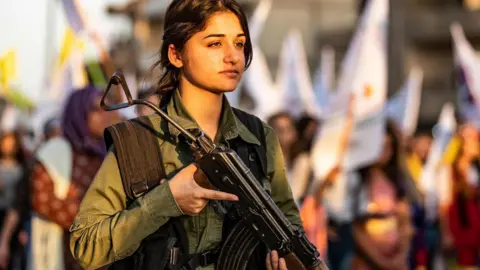
The Last Bit
Saudi Arabia’s engagement with the Syrian Kurds presents both strategic opportunities and risks. Riyadh views the U.S. military presence in Syria as a bulwark against Iran’s regional network, the so-called “Shiite Crescent” — stretching from Tehran to Beirut. The U.S. role also helps offset Turkish attempts to sideline the Kurds from Syria’s political future, providing Riyadh an avenue to shape the post-Assad landscape.
Beyond geopolitics, Kurdish-held territories, particularly in oil-rich northeastern Syria, offer economic incentives. Gaining influence there could give Saudi Arabia a stake in Syria’s reconstruction and energy wealth.
However, Riyadh must tread carefully. Supporting Kurdish autonomy risks igniting nationalist sentiments closer to home, particularly among Saudi Arabia’s own marginalized communities. Additionally, Riyadh’s tightrope walk is complicated by its ties with Israel and the U.S., both of whom have their own interests in Kurdish regions.
Israeli support for Kurdish independence, while strategically aligned with Saudi aims to weaken Iran, could inadvertently trigger broader regional fragmentation – undermining Saudi Arabia’s long-term goals.
Furthermore, the U.S. presence in Kurdish-controlled zones, though advantageous, forces Saudi Arabia into a complex game of balancing alliances — aiding the Kurds without provoking Ankara too aggressively or appearing overly aligned with Israeli agendas.
In this chessboard of shifting loyalties and tactical alignments, Saudi Arabia’s use of the Kurds as a geopolitical tool might yield short-term dividends but it is a delicate strategy that risks blowback if not managed with subtlety and foresight.






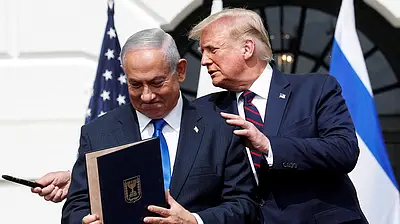

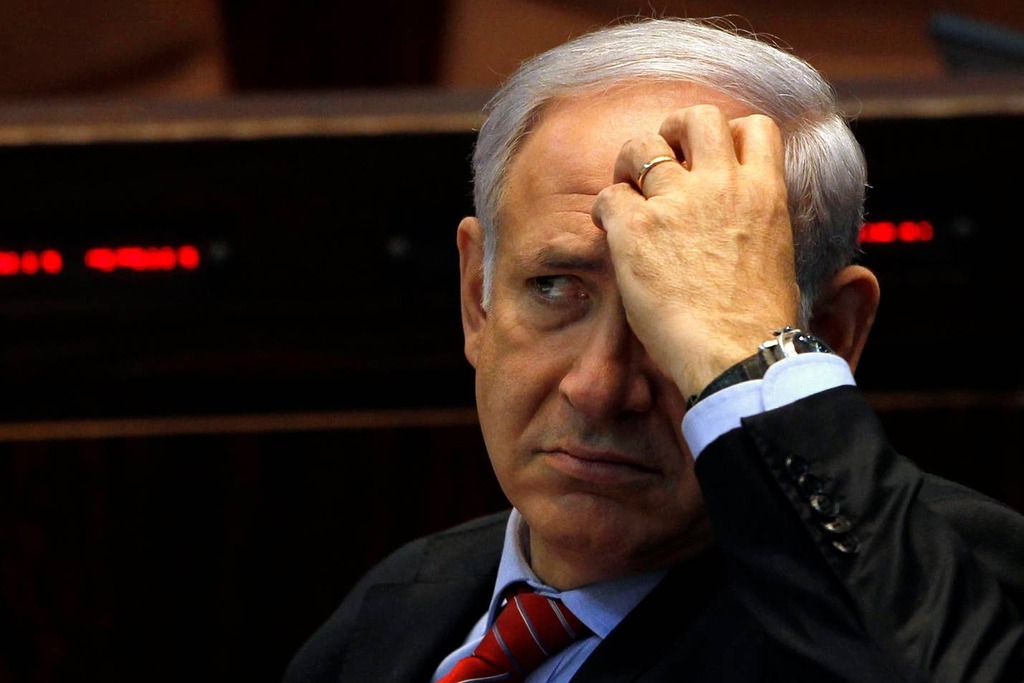


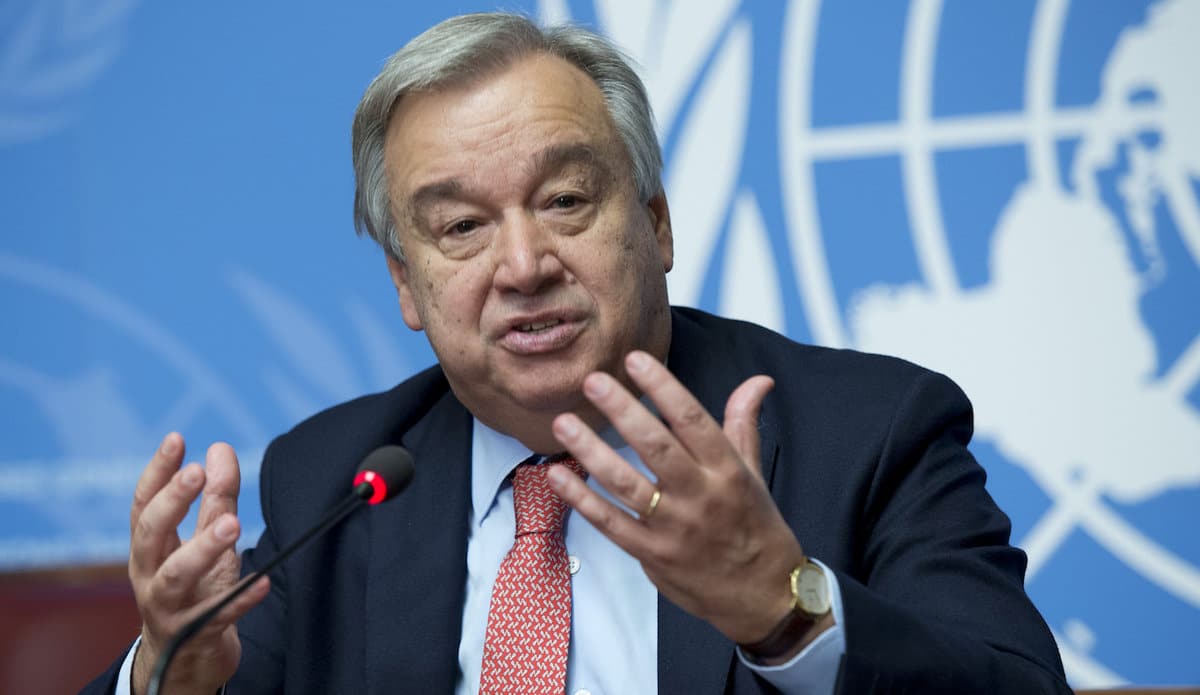










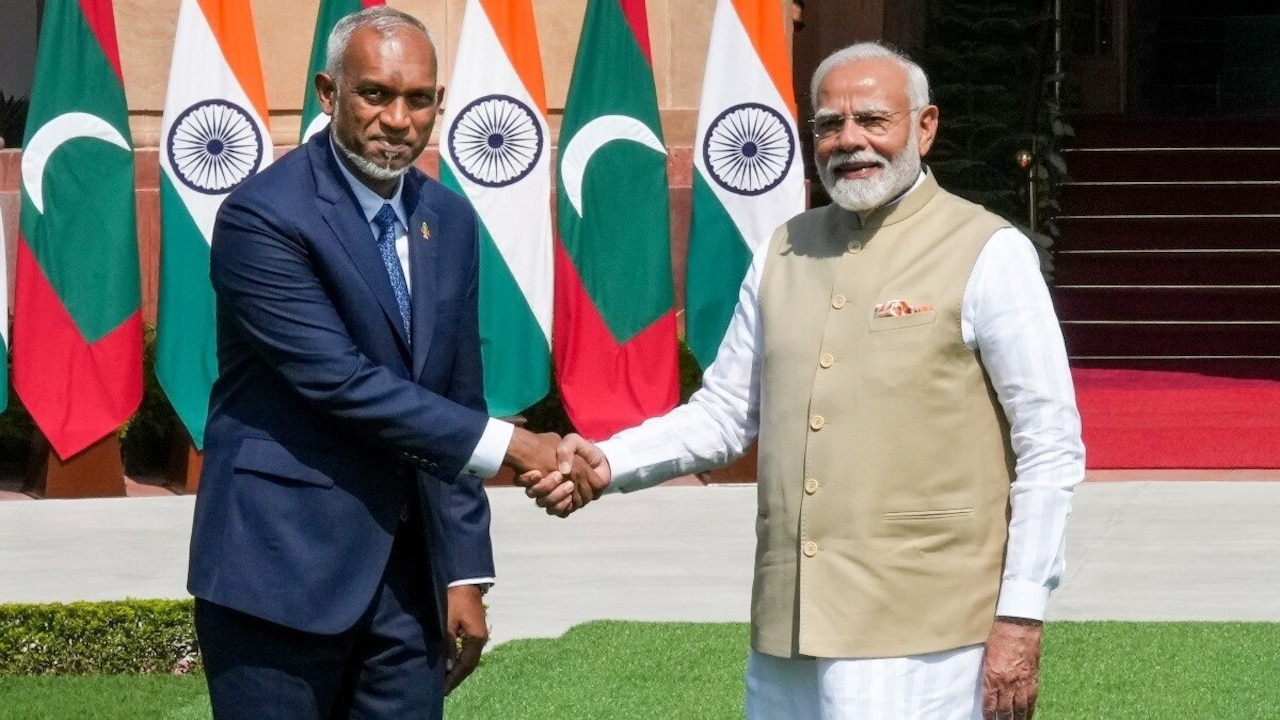
)




